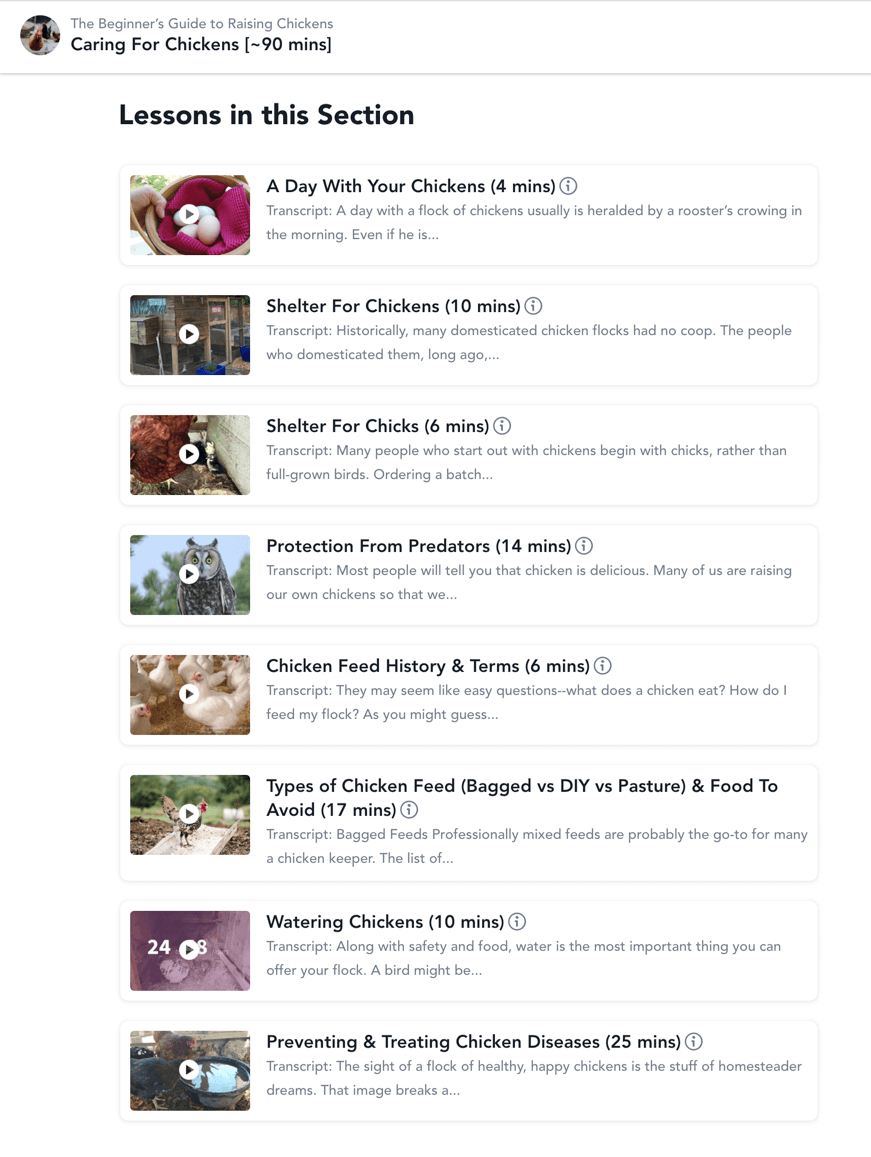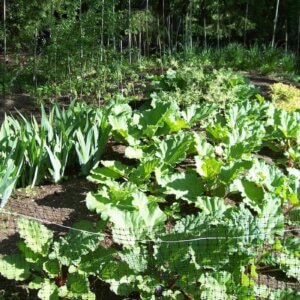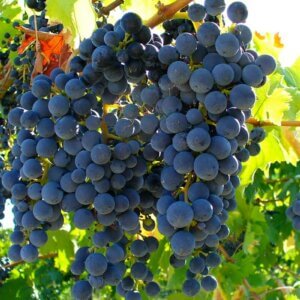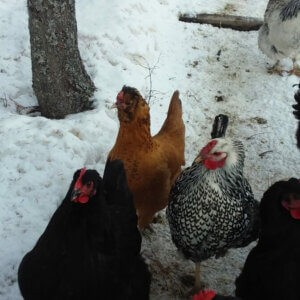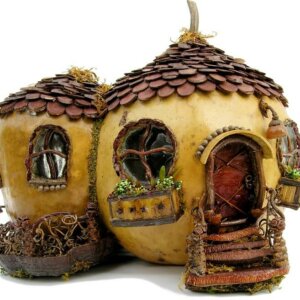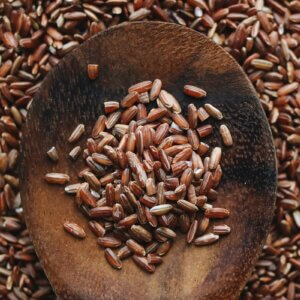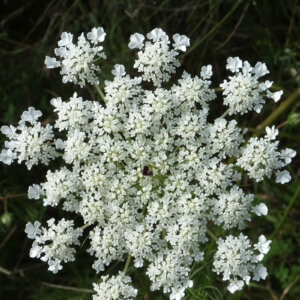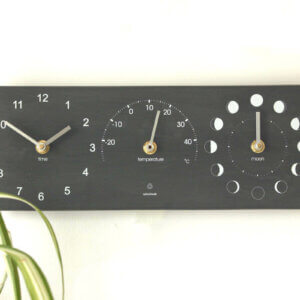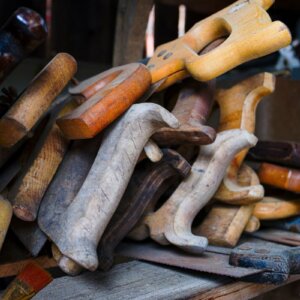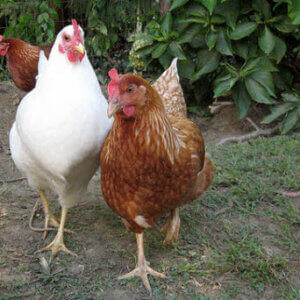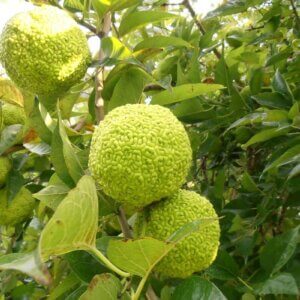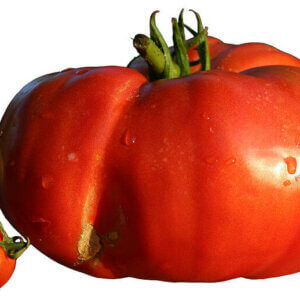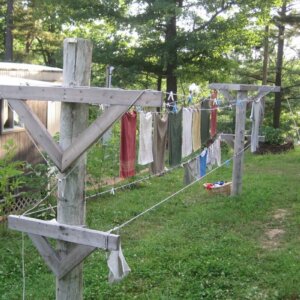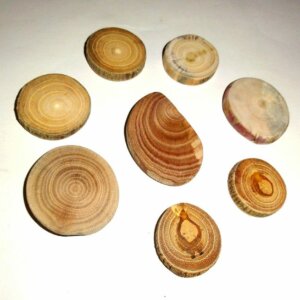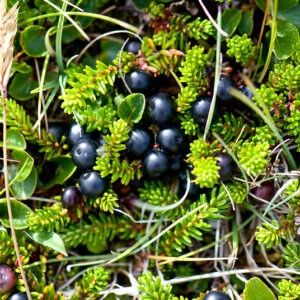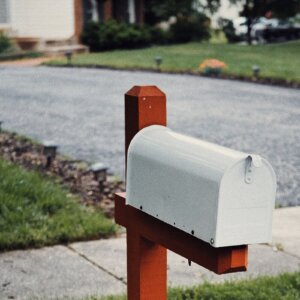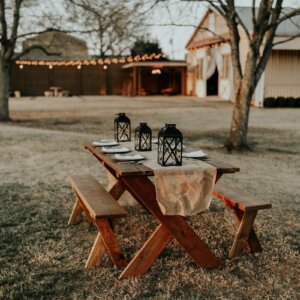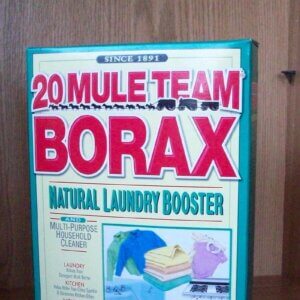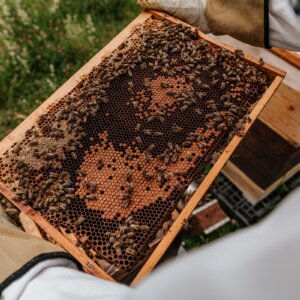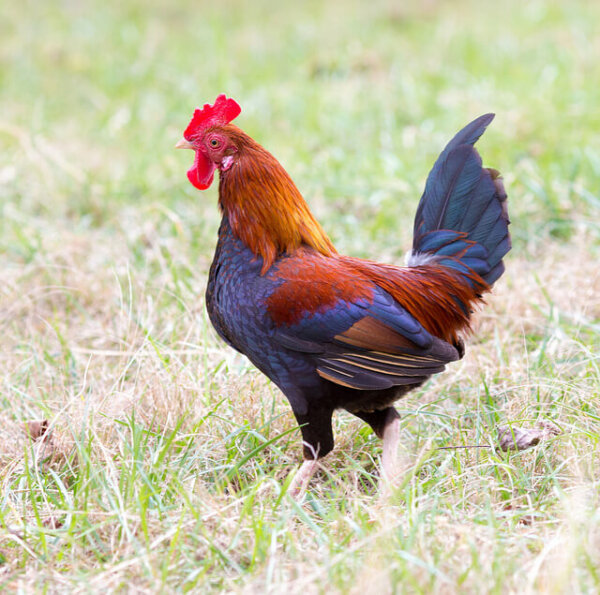
- Purpose: Meat or Ornamental
- Eggs: Cream
- Egg Size: Medium
- Color: Black, White, Brown, Red, Blue
- Comb Type: Large Single Comb
The Old English Game Fowl has both deep historical roots and a deep, ardent following among people in the modern era. Look at the bird’s name, and you know much about it. This breed is old–there are mosaics in the ancient city of Pompeii depicting birds that appear quite similar.
It was developed in England–the Romans spread their chickens along with their empire, depositing the seeds of the breed in the British Isles. And it’s a game bird–it is loud, self-sufficient, beautiful, and doesn’t care how long ago cockfighting was abolished: it’s still ready for a fight.
The Beginner’s Guide to Raising Chickens
Thinking about getting your next flock of chickens?
Quit searching around the internet and take a look at our complete course to Raising Chickens.
Our instructor Wren gives you 22 key lessons over nearly 3 hours of videos covering everything you need to know to get started with your first flock, caring for chickens, keeping them healthy, diagnosing problems, and more.
Characteristics
To see an Old English Game Fowl–a mouthful commonly abbreviated to OEG–is to see pride, strength, and a fighting spirit in bird form. With an upright posture, hard, glossy feathers, and broad come-at-me-bro shoulders, there’s no denying that they are a beautiful sight to see. Though dubbing–the surgical removal of comb and wattle– is still common, intact birds display a large single comb.
The cockerels are a veritable paint palette of colors, and experts recognize at least 30 different feather colorations. Whether you’re looking for an iridescent black rooster, a glossy silver duckwing, a classy wheaten, or an eye-crossing crele plumage, an OEG has it.
These birds hold centuries of cockfighting in their blood, but their keepers have turned to more pacifistic intentions, now. Used as an ornamental fowl, these birds are the fiercest runway models to ever strut their stuff in the exhibition hall.
This breed is incredibly hardy and self-maintaining. Intelligent, excellent foragers, and in full possession of their wits, these birds are sometimes compared to pheasants in terms of their good survival instincts. They are perfectly happy to free-range, no matter the temperature, and actually prefer to roost in a tree if given the chance! If you do keep them in a coop–much to their chagrin–they will prefer to roost as high up as they can.
Also, they have one of the longest average lifespans of any chicken breed. Old English Game Hen Fowl owners have reported birds reaching the age of 15!
Attention Novices: Pick A Different Breed
If you’ve spent any amount of time reading about chickens, you are probably already aware that game birds are generally fierce fighters. Though they’re fine when it comes to people, OEG fowl are aggressive with other birds. Put two roosters within pecking distance of each other, and you’ll have a bloodbath on your hands soon enough.
It’s nothing to hold against the breed–hundreds if not thousands of years have gone into the development of these fearless birds as fighters. Even so, if you plan to share your chicken yard with Old English Games, it’s best to already have some chicken experience under your belt.
Veteran chicken keepers will know that once roosters hit maturity around six months old, they’ll need to be tethered to their own little territory, out of the sight of their fellow males. Even the hens are fighters.
These are not city birds. Flighty, loud, and much happier with some wide areas to explore, a small yard surrounded by fences and neighbors is a poor locale for any game bird.
What’s The Yield?
For a game bird, the OEG makes a pretty decent meal. But by any other standard, they are small. Males usually reach 4 pounds and hens 3.5 pounds.
When it comes to eggs, hens are fair layers of medium-sized, cream or tinted eggs. When not broody, they can usually provide about two eggs a week. Once they do go broody–something they are inclined to do— they make excellent mothers.
There is a bantam form of the OEG that is known to be more docile than its standard counterpart. If you want a tough-looking pet, these would be a much better choice than the wild-natured larger size.
Incredibly popular in poultry exhibitions, these petite poultry have a huge following and plenty of clubs to support your chicken interests. Additionally, if you think the Standard OEG have lots of colorations, you ain’t seen nothing yet. The variety of colors and patterns to be found in bantam OEG fowl is dizzying.
Old English Game Fowl Facts
If you feel like getting technical, there are two types of Old English Games–the Oxford and the Carlisle. The Oxford is more active, more upright, and has a longer tail. The Carlisle is a bit beefier and muscled, and may hold itself closer to the ground.
Photos of Old English Game Fowl
Resources
- Old English Game Large Fowl Chickens Details, Purely Poultry
- Old English Game, My Pet Chicken
- Standard Old English Game Fowl, Breed Savers
- Chicken Breed Focus – Old English Game, Backyard Chickens
- Old English Game Chicken, The Livestock Conservancy
- Poultry Breeds – Old English Game Chickens, Oklahoma State University Breeds of Livestock, Department of Animal Science
- Old English Game Chicken Information, Roy’s Farm
- Raising Old English Game Fowl, Living The Country Life
- The Old English Game Fowl, Everything Poultry
- Old English Games, Feathersite
- Old English Game Fowl, Burke’s Backyard

